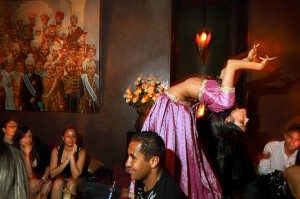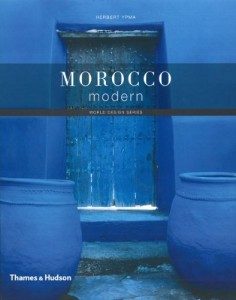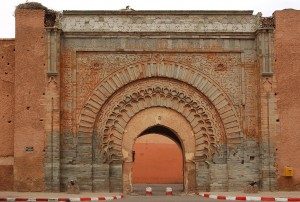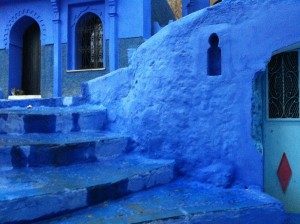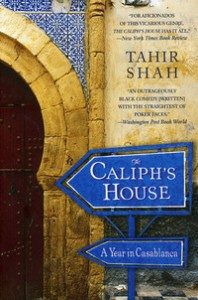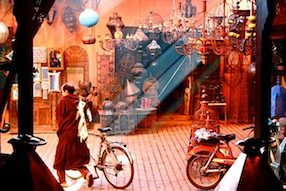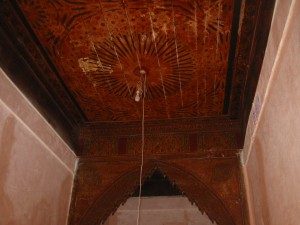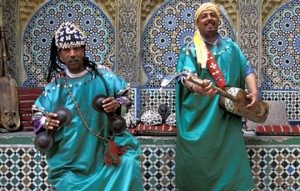Marrakech, often referred to as the Paris of Morocco and the premier Moroccan city of night lights and romance has something of a reputation for its nightlife. Marrakech has a reputation for seedy bars and expensive discos in high end hotels with groovy, Ibiza-style discos and belly-dancing along with top end dining experiences that can be had on rooftop terraces.The best places for nightlife in Marrakech are in the wealthy Hivernage district’s 5 star hotels, Sofitel So Lounge, Hivernage Hotel and the Comptoir Darna Cocktail Bar. Low lighting, scented candles, and Moroccan lamps are strategically placed in the ground-floor restaurant of Comptoir. Diners can choose from low-lying tables under the Berber tent, or inside the charcoal and ocher restaurant proper. There is a small garden where you can lounge on the lime, orange, and red cushions and heavy Berber carpets. A wide, central staircase leads up to the real reason to come here: the harem like bar decked out in charcoal, orange, and burgundy veils where resident and guest DJ’s spin the latest in Euro-Arabian dance music with exotic dancers.
